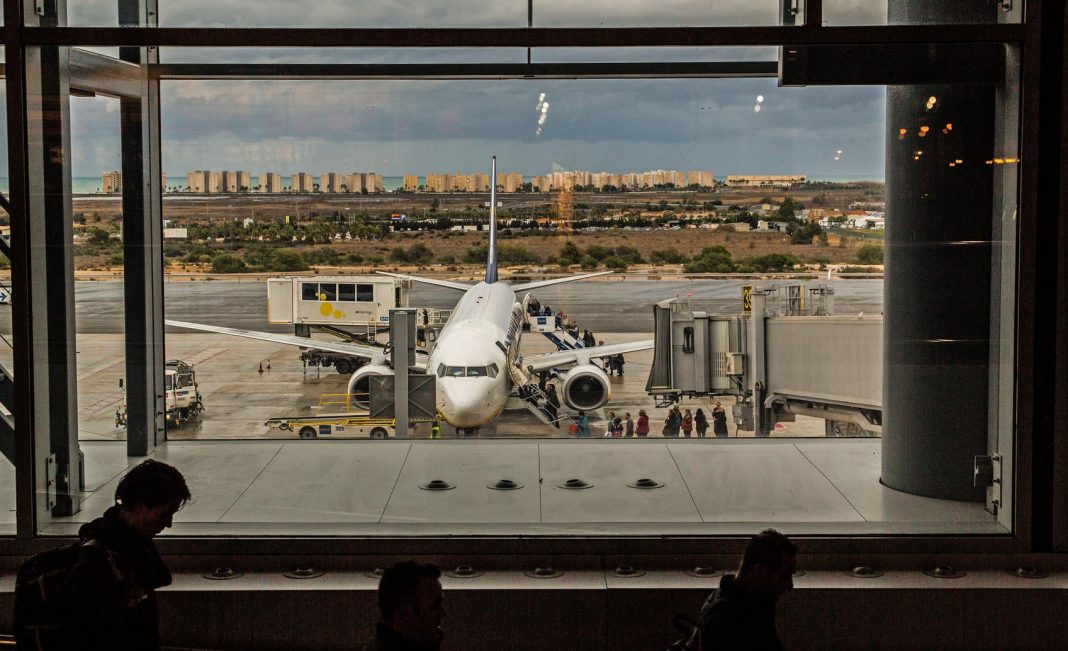The Ministry of Development has unveiled an environmental assessment project to expand the Alicante-Elche airport with the construction of a second runway, 3,000 meters in length, that will run parallel to the existing landing strip, and which will allow 112,240 aircraft movements per year (landings and take-offs).
The new runway is planned for the year 2035, by which time the airport will be serving a total of 17 million passengers per year.
Aena’s calculations seem, however, rather conservative , because in the document the traffic forecasts for the year 2021 estimate a figure of 12.5 million passengers a year, a figure that was exceeded in 2018 when the airport handled 13.9 million passengers.
The construction of the second runway is considered necessary both for the planned traffic and to provide competition for Madrid-Barajas, Almería, Granada, Málaga, València, Murcia, Ibiza and Palma de Mallorca.
The land that will likely be occupied covers 290 hectares (three million square meters), most of it in the municipality of Elche with an overspill in Alicante. However one section will occupy an important part of the Saladar de Agua Amarga, which has raised objections from the Ecological Colla d`Alacant, conservation organization from which the Ministry has requested an opinion.
“It seems like a savagery and we will vote against it. It invades the salt marsh as well as crossing over the N-332 road. We do not see any sense in it and we hope that Environment will think again “, says Carlos Arribas, spokesman for the Colla Ecologista who has doubts that the forecasted growth will be anything so spectacular despite the fact that the traffic has already increased from about six million commercial passengers in 2000 to almost 14 million in 2018, from 49,173 commercial operations in 2000 to 97,000 in 2018.
The airport was 50 years old in May 2017, and is now consolidated as the fifth largest in Spain and 14th in Europe employing 6,000 people who are working directly inside the terminal. Since the first landing of a plane from Madrid on May 4, 1967, the airport has undergone two major transformations and is now one of the most modern terminals in Spain with capacity to move 20 million passengers a year but with one major issue, the lack of rail connections with Elche, Alicante and Benidorm, a city that attracts 50% of the passengers who arrive at the airport.





